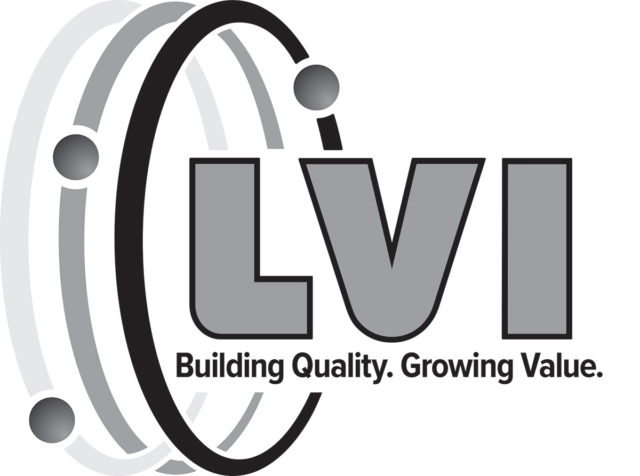For most producers, the decision to expand their existing operation, or to launch a new venture, can be a fulcrum point in the long-term success and profitability of their business. Processing through the key questions of what, when and how to build leads to questions of projected returns on investment and financial sustainability, which can be paralyzing compared to the perceived safety of the status quo.
However, as the dairy industry continues to evolve and change and seek ever-greater efficiencies and sustainability, producers who refuse to adapt are delaying critical risks until they become terminal. Therefore, when it is time to consider new equipment or a new facility project, these three key principles will help provide clarity of purpose and ease of process.
1. Have a plan
While this may seem basic, this is in fact one of the most overlooked components of a successful project.
A local dealership or co-op may be a great first step to explore what options are available to best meet a dairy’s needs. However, even if knowing what to install, when to begin, and, most critically, when to be operational between the start and finish is a long list of tasks – both large and small – that, if not executed effectively, will delay completion and increase costs.
A dairy barn is not a simple building with a piece of machinery inside; it is a complex infrastructure of integrated systems that all have their own requirements of parts, access to outside utilities and potential risks. Is there an overall design prepared by a qualified architect or engineer? At the earliest stage, do contractors know all the required equipment and parts? In our current era of supply-chain shortages, a project being delayed weeks while an electrical subcontractor waits for the delivery of a single component they did not expect to need is a realistic possibility. The more thorough the plan, the more likely potential risks can be anticipated and mitigated and the more likely the project will run close to budget and schedule. Simply, have a plan. The more robust the plan, the less likelihood there is for unexpected problems.
2. Work the plan
Having developed a plan, it is critical to remember that any change midproject will cost time, money or both.
Perhaps, after placing the order, the owners decide to change the number of milking points. Maybe they decide that the rotary parlor ordered should spin the other way or that the cow-entrance and -exit areas need to face a different direction. Almost any change to a project is doable, but it will likely require significant additional parts, time for procurement and severe delays in redoing construction. Furthermore, a different lighting setup, changing the ventilation system or repositioning the office can all be accomplished – but always with a cost.
Fundamentally, this principle redirects attention back to the first principle: having a plan. Make sure to spend adequate time developing the plan in consultation with experts and experienced colleagues and that it meets business needs and personal preferences as much as possible. Remember, while changes are possible, deviations in number and scale from the established plan will likely result in greater costs in time and money, as well as increase the risk of unexpected delays due to those changes. Changes increase risk and are therefore best to avoid when possible.
3. Plan beyond the plan
At its core, this principle tells us that we should plan for success. The purpose of a potential project is to see the business grow and flourish and potentially enable even greater expansion. So, dream big.
Start by exploring an expansion project or adding new equipment, which may increase a dairy’s herd size, total production and/or efficiency. In 10 years, there could be a subsequent project to pursue and help the dairy grow even further. Consider how that could impact the current project. Are the current project plans potentially blocking future opportunities? What if the location or orientation of the equipment could facilitate additional expansion? Again, the first principle should ensure that the plan considers potential future plans. It is sometimes easy to be too locked into the immediate needs that the imagination for future growth is neglected. Breaking this tendency requires a practice called reverse engineering. What should the business look like in five, 10, 20 or 30 years? Which future decisions can be anticipated today, and are they reasoned and strategic decisions that will be appreciated in the long run?
Pursuing a milking equipment or facility project often provokes strong feelings of anxiety and apprehension. There are a lot of unknowns and potential risks. However, by investing time and money into developing a robust and thorough plan, the risk of wasting much more time and money later can be minimized. By working the plan and resisting changes unless absolutely necessary, you will avoid major sources of overages in time and money. Creating a plan for the immediate project with an eye toward long-term strategic goals and potential opportunities helps avoid unnecessary obstacles that prevent leveraging those future opportunities.
The decision to expand is a pivotal moment for any business, but producers have many choices to help them achieve the capabilities they desire. With diligent planning and use of process, immediate and future success is possible.







